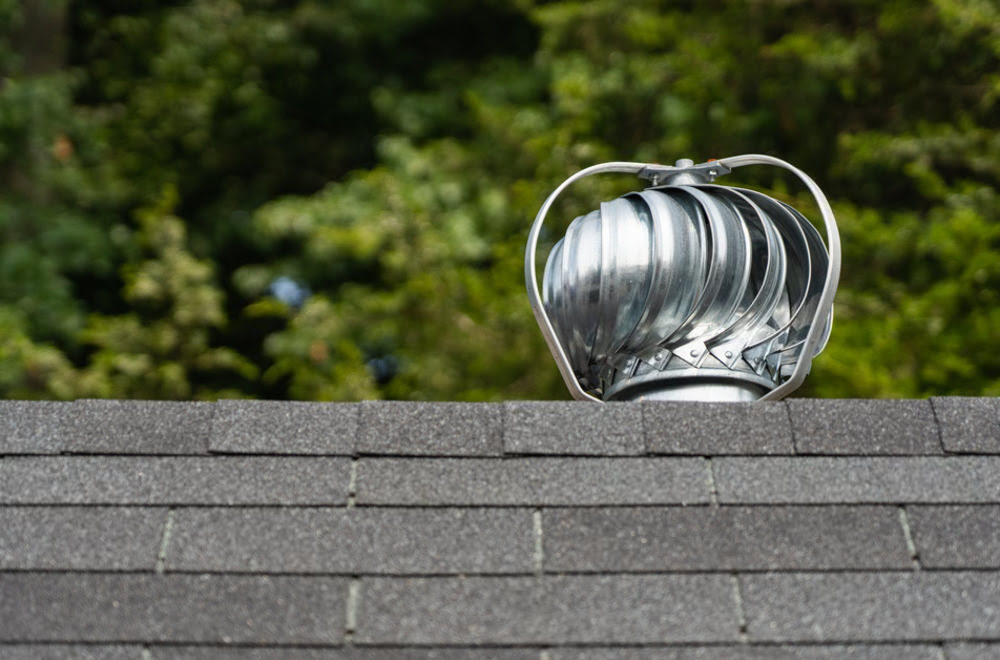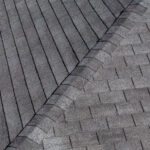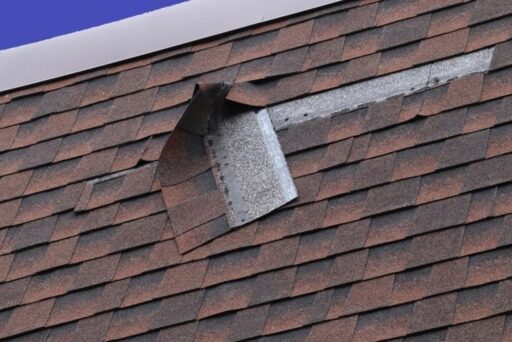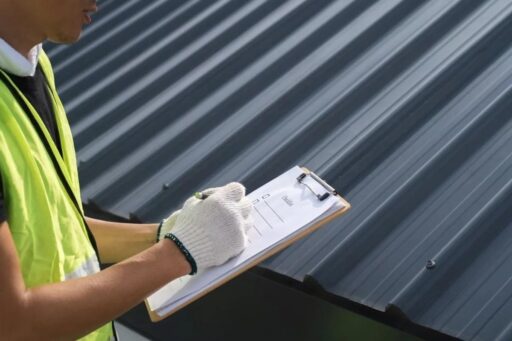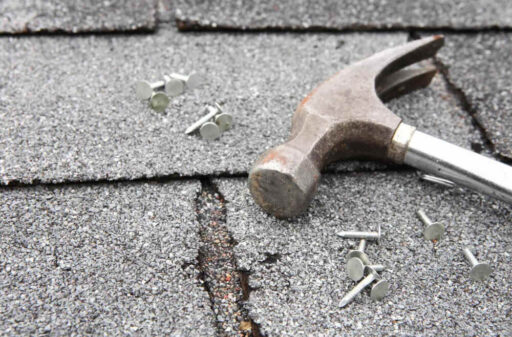Roof ventilation plays a critical role in maintaining the health and longevity of your home. Proper ventilation allows for the circulation of air in your attic and roof space, which can help regulate temperature and moisture levels. When air flows freely, it prevents the accumulation of heat and humidity, which can lead to significant issues down the line. For homeowners, understanding the importance of roof ventilation can save you from facing costly emergency roof repair and the potential damage that may require urgent attention.
When the attic is well-ventilated, it can significantly reduce the risk of condensation forming on the underside of your roof. This condensation can lead to mould growth, wood rot, and even structural damage. Furthermore, adequate ventilation helps to keep your home cooler in the summer and warmer in the winter, enhancing overall comfort and reducing energy costs. In essence, a well-ventilated roof contributes to both the efficiency and durability of your home.
Additionally, roof ventilation is essential for prolonging the lifespan of roofing materials. Extreme temperature fluctuations can weaken shingles and other roofing components, leading to premature wear. By ensuring proper airflow, you can mitigate these risks and extend the life of your roof, thereby reducing the likelihood of emergency roof repairs in the future.
How Poor Ventilation Leads to Emergency Roof Repairs
Poor roof ventilation can have dire consequences, leading to a range of problems that may necessitate emergency roof repairs. One of the most significant issues arising from inadequate ventilation is the accumulation of heat and moisture in your attic space. This can create an environment conducive to mold growth, which can spread throughout your home, impacting air quality and potentially causing health issues for residents.
Moreover, excess moisture can lead to wood rot, which compromises the structural integrity of your roof. When wooden components begin to decay, they can weaken the entire roofing system, making it susceptible to leaks and further damage. This deterioration often necessitates costly repairs or even complete roof replacement, which is an unwelcome surprise for many homeowners.
In extreme cases, poor ventilation can result in ice dam formation during winter months. When warm air escapes from your living space into the attic, it melts snow on your roof, which then refreezes at the eaves, causing water to back up under shingles. This can lead to leaks and severe damage to your roofing structure, requiring immediate attention and emergency roof repairs.
Signs Your Roof Has Inadequate Ventilation
Awareness of the signs that indicate inadequate ventilation is vital for preventing emergency roof repairs. Here are some key indicators that your roof may not be ventilated properly:
- Excessive Heat in the Attic: If you notice that your attic feels excessively hot, especially during warm months, this is a strong sign of poor ventilation. Ideally, the attic temperature should be close to the outside temperature to maintain balance.
- Moisture and Condensation: Look for signs of moisture accumulation or condensation on the underside of the roof decking or rafters. This moisture can lead to mold growth and rotting wood, which are serious concerns that require immediate repair.
- Curling or Buckling Shingles: If you observe that your shingles are curling, buckling, or showing signs of wear prematurely, inadequate ventilation may be to blame. This damage can result in leaks and further complications that call for urgent repairs.
If you notice any of these signs, it’s crucial to take action promptly. Ignoring these indicators can lead to more severe problems, including the need for emergency roof repair, which can be both costly and disruptive.
Types of Roof Ventilation Systems
Understanding the various types of roof ventilation systems can help you choose the best option for your home. Here are some common types of ventilation systems:
- Ridge Vents
Ridge vents are installed along the peak of the roof and allow hot air to escape from the attic. They work in conjunction with soffit vents, which draw in cooler air from the eaves, creating a natural airflow. - Soffit Vents
Soffit vents are located under the eaves and are essential for drawing in fresh, cooler air. They are often paired with ridge vents to promote effective air circulation. - Gable Vents
These vents are installed on the gable ends of the roof and can be either passive or powered. They help to facilitate airflow by allowing hot air to escape from the attic. - Turbine Vents
Turbine vents are wind-powered and rotate to draw out hot air from the attic. They are particularly effective in areas with consistent wind flow. - Power Vents
These electrically powered vents actively pull hot air out of the attic space. While they are effective, they do incur additional energy costs. - Box Vents
Box vents, also known as low-profile vents, are installed on the roof’s surface to provide passive ventilation. They are typically smaller than ridge vents and are positioned strategically to allow airflow. - Off-Ridge Vents
Similar to ridge vents but installed off-center of the ridge line, off-ridge vents provide an alternative where ridge vent installation might be difficult. - Roof Louvers
These are vents with adjustable slats that control airflow into and out of the attic. They can be installed in various locations on the roof, depending on the desired airflow.
Choosing the right ventilation system depends on various factors, including your home’s design, climate, and specific ventilation needs. Consulting with a roofing professional can provide valuable insights tailored to your home’s architecture and environment.
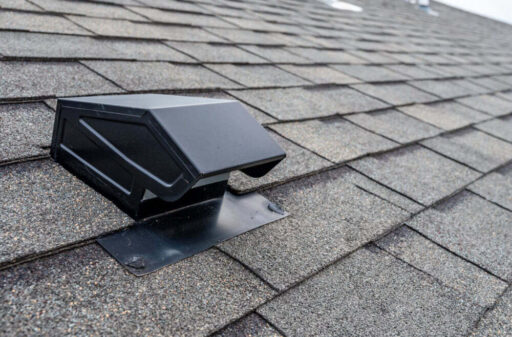
The Benefits of Proper Roof Ventilation
Investing in proper roof ventilation yields numerous benefits that extend beyond simply avoiding emergency roof repair. One of the most significant advantages is the enhancement of energy efficiency. A well-ventilated attic helps regulate indoor temperatures, reducing the load on your heating and cooling systems. This can lead to lower energy bills, which is a compelling reason to ensure your roof is adequately ventilated.
Proper ventilation also contributes to a healthier living environment. By preventing moisture buildup, you reduce the risk of mould and mildew, which can negatively impact indoor air quality. This is particularly important for families with allergies or respiratory issues. Ensuring that your home is free from harmful pollutants is a crucial aspect of maintaining a safe and healthy living space.
Furthermore, adequate roof ventilation can prolong the lifespan of your roofing materials. By preventing excessive heat and moisture from accumulating, you can protect your shingles and other roofing components from premature deterioration. This ultimately saves you money in the long run by reducing the need for frequent repairs or replacements, allowing you to enjoy your home to the fullest without the worry of emergency roof repairs.
Common Ventilation Mistakes That Lead to Emergency Roof Repair
While many homeowners recognize the importance of roof ventilation, several common mistakes can undermine their efforts and lead to emergency roof repairs. One prevalent issue is the installation of insufficient vents. If your home does not have enough intake and exhaust vents to facilitate proper airflow, you may encounter ventilation problems. It’s essential to calculate the required amount of ventilation based on your attic’s size and pitch.
Another mistake is blocking ventilation paths during insulation installation. Homeowners often use insulation products that inadvertently obstruct airflow in the attic. Ensure that insulation is installed correctly, leaving ventilation channels open for air to circulate freely. This not only protects your roof but also enhances energy efficiency.
Lastly, neglecting regular maintenance can lead to accumulated debris in vents. Leaves, dirt, and other debris can obstruct airflow, rendering your ventilation system ineffective. Regularly inspecting and cleaning your roof vents can help maintain proper airflow and prevent the need for emergency repairs due to ventilation issues.
How to Improve Your Roof’s Ventilation
Improving your roof’s ventilation is a proactive step that can save you from costly repairs down the line. Start by assessing your current ventilation system. Check the number and type of vents you have and evaluate whether they are functioning correctly. If you find that your system is inadequate, consider adding more intake and exhaust vents to promote better airflow.
In addition to increasing the number of vents, consider upgrading to more efficient systems. Power vents or solar-powered ventilators can provide an additional boost to airflow, especially in homes with limited natural ventilation. These systems can be particularly beneficial in warmer climates where heat buildup is a concern.
Lastly, consider installing a continuous ridge vent along the peak of your roof. This type of vent allows hot air to escape efficiently, creating a balance with intake vents at the eaves. Proper installation of these vents can significantly enhance your roof’s overall ventilation, reducing the likelihood of emergency roof repairs in the future.
The Cost of Ventilation vs. Emergency Roof Repair
When considering the costs associated with roof ventilation, it’s essential to weigh the expense of preventive measures against the potential costs of emergency roof repairs. Here’s a breakdown:
Ventilation Costs
- Installation: The cost of installing a ventilation system can vary widely, depending on the type and complexity of the system. On average, homeowners can expect to pay between $300 to $1,500 for installation.
- Maintenance: Regular maintenance can cost around $100 to $300 annually, depending on whether you hire professionals or do it yourself.
Emergency Roof Repair Costs
- Minor Repairs: Minor emergency repairs, such as fixing leaks or replacing damaged shingles, can range from $200 to $1,000, depending on the extent of the damage.
- Major Repairs: More extensive repairs, such as replacing a section of the roof due to rot or structural damage, can cost anywhere from $1,000 to $10,000 or more.
Investing in proper ventilation can save you thousands of dollars in emergency roof repair costs. By preventing issues before they arise, you not only protect your home but also enhance its value and longevity. The cost of proper ventilation is a small price to pay compared to the potential costs of emergency roof repairs. By prioritizing ventilation, you’re making a smart investment in your home.
Summary
Roof ventilation is an essential aspect of home maintenance that should not be overlooked. Understanding the importance of proper airflow can save you from facing emergency roof repairs down the line. By recognizing the signs of inadequate ventilation, choosing the right ventilation system, and avoiding common mistakes, you can significantly enhance your roof’s performance. The benefits of proper roof ventilation extend beyond simple maintenance. Improved energy efficiency, a healthier living environment, and prolonged roofing material lifespan are just a few of the advantages you can enjoy. Moreover, the cost of investing in ventilation pales in comparison to the potential expenses associated with emergency repairs.

